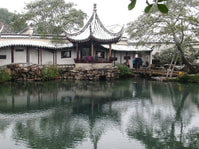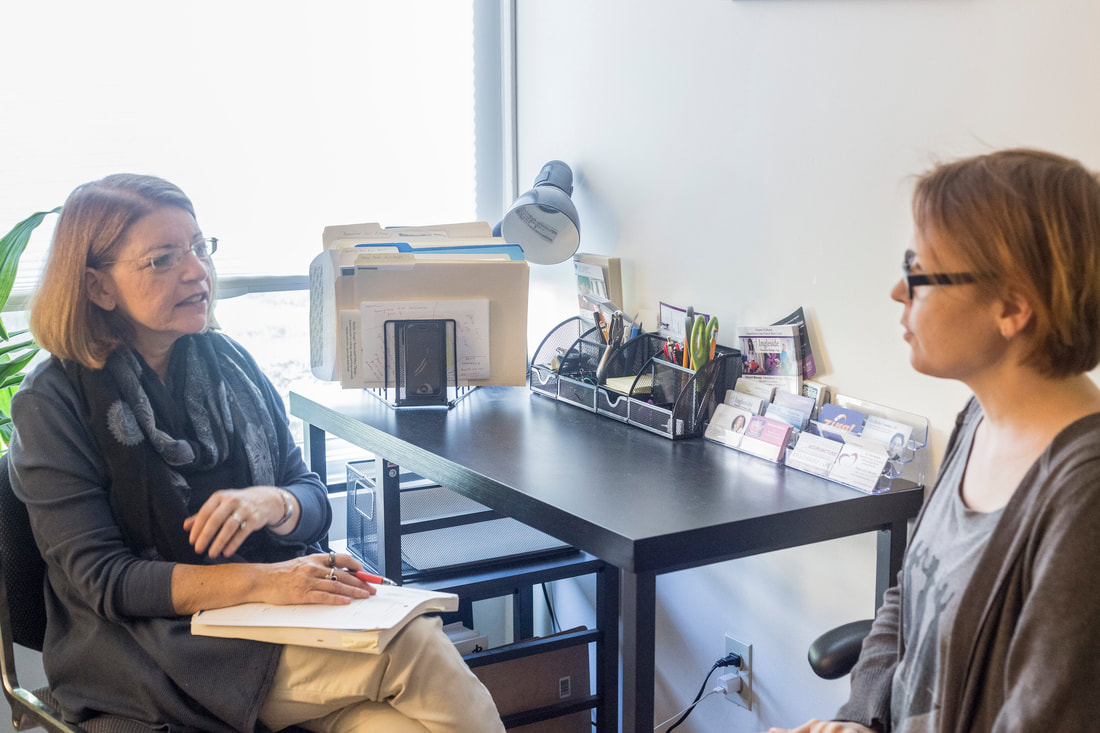 Chinese medicine dates back over three thousand years. The oldest book on Chinese medical theory, The Nei Jing, was written between 300 and 100 BC. It describes the theory and application of yin and yang and the five organ, element system. It teaches the causes of disease, explains how to diagnose illness, and tells how energy flows through the body. It still serves as the theoretical basis of acupuncture which today is one of the most widely used forms of medicine in the world. Although acupuncture is ancient, it has only been practiced in this country for about 50 years. In 1972, a New York Times reporter, James Reston, accompanied Henry Kissinger to China. While there he had emergency appendectomy surgery and was so impressed by the post-surgery acupuncture he received, he wrote about his experience. This created interest in the modality in the US. In 1974, the first acupuncture school in this country, the New England School of the Acupuncture (NESA), was opened. I studied there, graduating and receiving my license in 1998. Most folks don’t know this, but there are several different styles of acupuncture. These styles that evolved as Chinese medicine spread to different countries. Acupuncture arrived in Japan in 562 AD. Schools were established during the 8th century. Acupuncture was considered an appropriate vocation for the blind, and as a result, acupuncturists in Japan developed extremely sensitive kinesthetic skills. They learned to get information by feeling the pulse and palpating the abdomen. In Japan, acupuncturists apprenticed with masters and learned by observing their work. At NESA, after the first year of training, students have to choose to study between a Chinese or Japanese acupuncture track. I chose Japanese and began studying the style of a well-known acupuncturist from Japan, Kiiko Matsumoto. Kiiko, to this day, studies with the masters in Japan and brings their teachings to the US, carrying on a several thousand year old tradition. I continue to study with her and feel honored to be a part of this ancient way of healing.
3 Comments
|
AuthorIn practice for over 20 years, Bonnie Diamond offers individualized, heart-centered care using a pain-free, Japanese style of acupuncture. Her work is influenced by her nine year struggle with and complete recovery from Chronic Fatigue Syndrome. Archives
April 2024
Categories
All
|
Serving Easthampton, northampton, Holyoke, Springfield, Chicopee, Westfield and Western Massachusetts
|
Hours are Tuesday-Thursday, 11am-7pm
|
247 Northampton Street, #27 Easthampton, MA 01027 781-718-6325 Get directions Get information on other complementary health resources recommended by Staying in Balance. Pioneer Valley Community Resources |
Copyright 2000-2022 All rights reserved.

